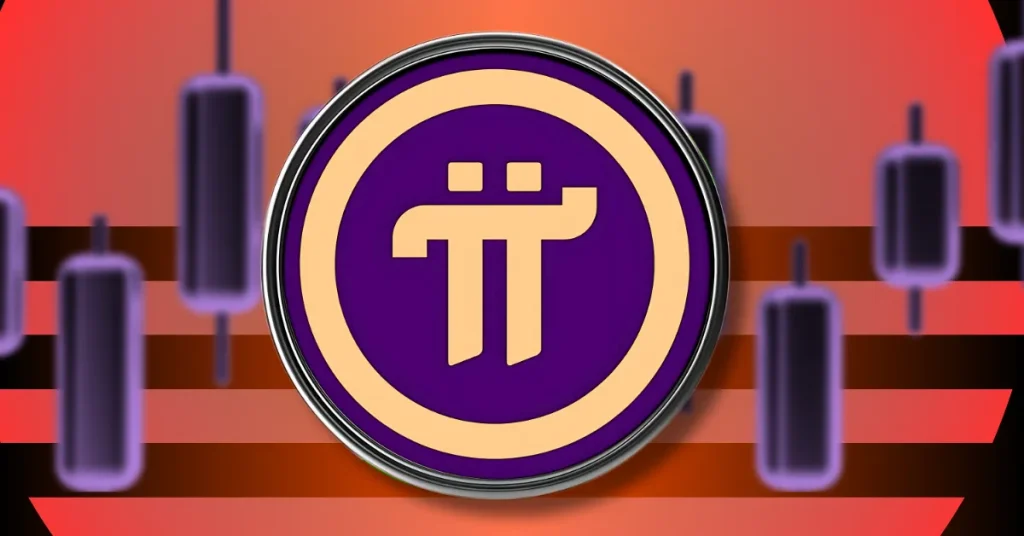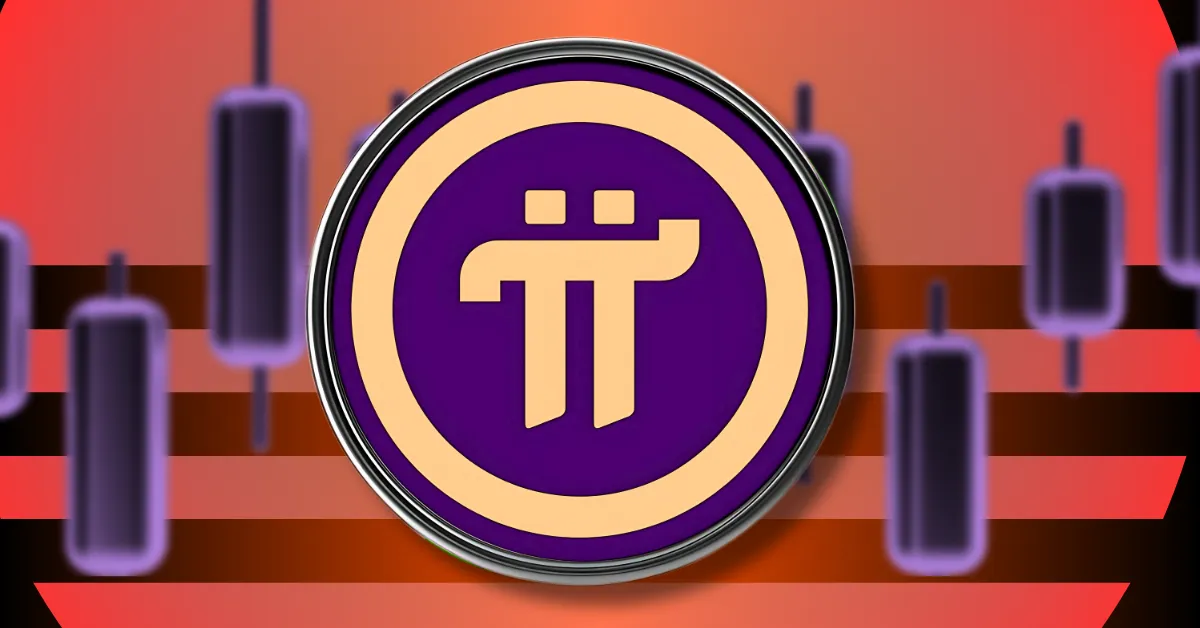
Pi Network has emerged as a distinctive player in the cryptocurrency landscape, capturing global attention with its innovative approach to mining. Unlike traditional cryptocurrencies that rely on energy-intensive mining processes, Pi Network enables users to mine Pi coins directly from their smartphones, emphasizing accessibility and environmental sustainability. This unique model has attracted millions of users worldwide, sparking both enthusiasm and skepticism about its long-term viability. As of July 9, 2025, the price of Pi hovers around $0.46 USD, with a market capitalization of approximately $3.5 billion USD. However, the network’s current enclosed mainnet phase, which restricts trading and transactions to KYC-verified users, presents both opportunities and challenges for its future growth.
The price of Pi Network exhibits fluctuations within a narrow range of $0.45 to $0.47 USD, reflecting discrepancies across different exchanges and reporting platforms. These variations stem from differing data aggregation methods and trading volumes on various platforms. The 24-hour trading volume ranges from $4 million to $60 million USD, highlighting the challenges in accurately assessing Pi’s market activity due to its limited exchange environments. The primary driver of Pi’s current valuation is speculative demand, as many users anticipate future utility and value. Additionally, the network’s large user base and development progress significantly influence investor sentiment. Positive developments, such as the launch of new features and partnerships, can boost confidence and drive up the price. However, general market sentiment towards cryptocurrencies also plays a crucial role, with bullish markets lifting Pi’s price and bearish markets exerting downward pressure.
Pi Network’s enclosed mainnet operates within a controlled environment, allowing the core team to test and develop the network before opening it to the public. This approach facilitates KYC compliance, preventing fraud and ensuring regulatory adherence, which builds trust within the ecosystem. Moreover, the enclosed mainnet enables the development of Pi-based applications and utilities, fostering a vibrant ecosystem ahead of the open mainnet launch. However, this restricted trading environment limits the liquidity of Pi coins, hindering price discovery and potentially suppressing its value. The centralized nature of the enclosed mainnet also raises concerns about control and transparency, with critics arguing that the Pi Network core team holds too much power over the network. Additionally, price discrepancies between different IOU markets and internal Pi marketplaces make it difficult to establish a fair and accurate market value.
The mobile-based mining system of Pi Network is a key differentiator, allowing users to earn Pi coins by simply checking into the app daily. This approach has democratized cryptocurrency participation, making it accessible to individuals who lack the resources for traditional mining. However, the ease of mining Pi has led to questions about its scarcity and long-term value. Critics argue that the abundance of Pi coins could dilute their value over time. To address this, the Pi Network core team aims to halve the mining rate as the network grows and implement mechanisms to burn Pi coins. The future of Pi Network hinges on its ability to successfully transition to an open mainnet and build a thriving ecosystem of applications and utilities. The transition to an open mainnet is crucial for enabling free trading and exchange of Pi coins, increasing liquidity, and facilitating price discovery. The development of useful and engaging applications within the Pi ecosystem is essential to driving demand for Pi coins, including e-commerce platforms, social networks, and other utilities that leverage Pi as a medium of exchange.
Navigating the complex and evolving regulatory landscape for cryptocurrencies is a significant challenge for Pi Network. The project must ensure compliance with applicable laws and regulations in various jurisdictions to avoid legal and financial risks. Additionally, Pi Network faces competition from other cryptocurrencies and blockchain platforms. To succeed, it must differentiate itself through its unique value proposition and execution. As the network grows, scalability becomes essential for maintaining a smooth and efficient user experience. Pi Network presents a compelling vision of a decentralized and accessible cryptocurrency. Its innovative mining mechanism and large user base give it the potential to disrupt the traditional cryptocurrency landscape. However, the project also faces significant challenges, including the need to transition to an open mainnet, develop a thriving ecosystem, and navigate regulatory hurdles. Ultimately, the success of Pi Network will depend on its ability to deliver on its promises and overcome these challenges. Whether it becomes a revolutionary force in the world of digital finance or fades into obscurity remains to be seen, but its journey is undoubtedly one worth watching.





